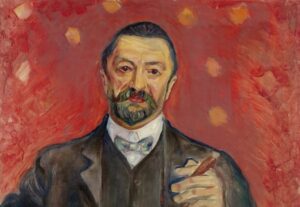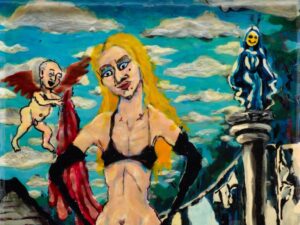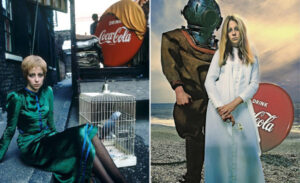Maura Brewer Turns Money Laundering into Art

As an artist and academic, I’ve spent a lot of time considering what the point of making art is, and arguing with friends and colleagues about it. All the common refrains in this debate—that art is about beauty, cultural visibility, etc.—ring hollow against the overwhelming fact central to Maura Brewer’s practice: that art is, perhaps more than anything else, a tool for money laundering.
Brewer, who is based in Los Angeles, works primarily in video, creating essayistic compositions out of public records, found footage, text messages, drawings, and animations. She began working on the subject of money laundering in 2018, when she took an interest in the films of little-known director Jess Bond, formerly Jessica Manafort—the daughter of Paul Manafort, Donald Trump’s former campaign adviser convicted of money laundering in 2019, and pardoned by Trump in 2020.
Brewer’s 2021 work Private Client Services shows exactly how money laundering works, making profit from criminal activity difficult to trace or appear to come from legal sources. The performance and video follows the artist as she attempts to launder money herself, by acquiring an artwork. This led to Offshore (2024), a video that premiered in Brewer’s breakout exhibition at the Canary Test in Los Angeles last year. A “how-to” guide for artists interested in navigating the world of global finance, Offshore is a poignant and wry meditation on the well-established link between global art prices and income inequality—particularly as they impact working-class artists. We follow her to various locations such as Ugland House, a building in the Cayman Islands that is home to 18,857 corporate entities, and the Geneva Freeport, which houses billions of dollars in untaxed art. She snorkels, eats fondue, and “learns how to set up an international corporate architecture to cover my tracks,” as she put it when I visited her studio.

Still from Maura Brewer’s video Private Client Services, 2021.
Courtesy Maura Brewer
Brewer is currently working on a project titled Leverage, which explores various dynamics between debtors, creditors, and that which cannot be repaid. The first chapter of this video project, recently on view at Timeshare Gallery in Los Angeles, is a portrait of prominent investor, art collector, and MoMA trustee Daniel Sundheim told through the story of his art-backed loans. We see Sundheim, as Brewer explained, “using his art collection as collateral for loans, which he used to buy more art, which, in turn, became collateral for more loans, and so on.” As part of her research for these works, Brewer has been working full-time as a private investigator for three years. But she interweaves this expertise with humor to highlight the absurdity of financial machinations, as well as their palpable effects on artists’ lives.
In January, Brewer lost her apartment and most of her belongings to the Eaton Fire. Such sudden and devastating loss highlighted for her how both money and art have become untethered from actual physical objects. If art and money, as she describes them, are both “dematerialized social constructs,” where does that leave those of us for whom everyday existence remains urgently material?





